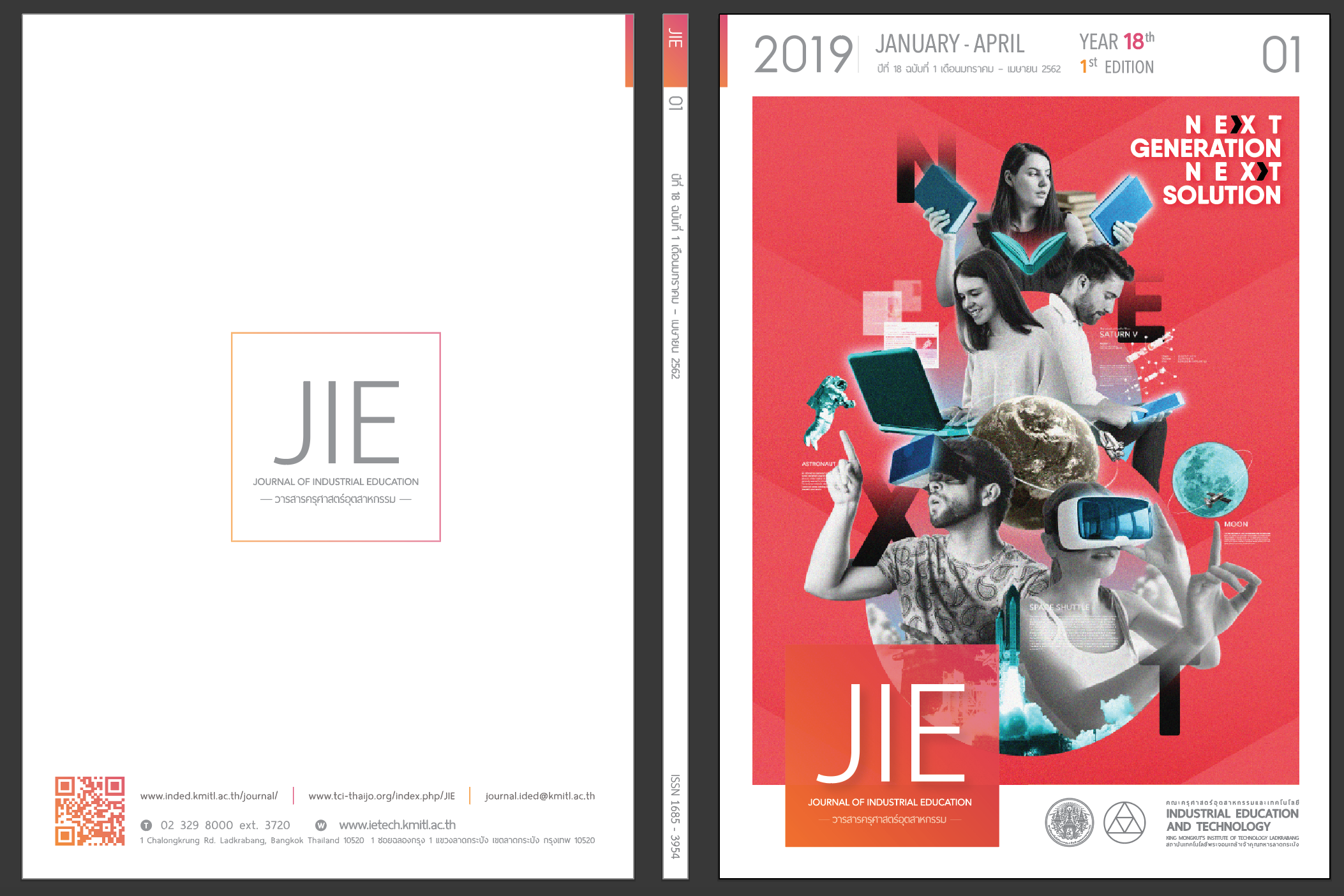DEVELOPMENT OF ACTIVITY PACKAGE FOR COMMUNICATION IN THAI AS A FOREIGN LANGUAGE BASED ON TASK-BASED LEARNING AND SOCIOLINGUISTIC THEORY FOR PRIMARY SCHOOL STUDENTS
Keywords:
Activity package, Communication in Thai as a foreign language, Task-based learning, Sociolinguistic theoryAbstract
The objectives of this study were 1) to compare the abilities of communicating Thai as a foreign language after the experiment between the experiment group and the control group, and 2) to compare the abilities of communicating Thai as a foreign language of the experiment group between pre-intervention and post-intervention periods. The sample of this study consisted of non-native Thai students and half Thais (with a non-native Thai mother or father) who have studied Thai language and culture at year 3 education level in international schools. They were non-native speaking Thais using Thai as second language. The research instruments include a set of activities of communicating Thai as foreign language according to task-based learning and sociolinguistic theories for primary education students and a test of communicating Thai as foreign language. Data were analyzed using basic statistics. This study was a quasi-experimental research using Group Pretest-Posttest Design. The results of this research could be concluded that 1) at post-intervention period, the experiment group had higher performance of communicating Thai as foreign language than the control group with a statistical significance level of .05, 2) the experiment group at post-intervention period had higher performance of communicating Thai as foreign language than that at pre-intervention period with a statistical significance level of .05.
References
Chaiyong P. and Wadsana T. 2008. Learning Package. Bangkok: Sukhothai Thammathirat Open University.
Willis D. and Willis J. 2007. Doing Task-based Teaching. Oxford: Oxford University Press.
Trudgill P. 2000. Sociolinguistics: an introduction to language and society. Suffolk: Clays Ltd.
McGriff and Steven J. 2000. Instructional System Design (ISD): Using the ADDIE Model. Instructional Systems. College of Education: Penn State University.
Fitz-Gibbon C., Taylor, Lyons M. and Lynn J. 1987. How to design a program evaluation. Newbury Park: Sagh.
Turner and Carlson. 2003. Indexes of Item-Objective Congruence for Multidimensional Items. London: Publishers Mahwah.
Krachen S.D. and Terrell D.T. 1983. The natural approach: Language acquisition in the classroom. Hayward CA: Alemany Press.
Khandhuwan W. 2007. A study of relationships between knowledge of Thai culture and achievement in studying Thai as a foreign language. Centre for Language Studies: University of Singapore.
Sasiwan P. 2005. Development of a teaching model based on integrated neuro-linguistic programming and communicative approach for development French speaking and writing skills of students at key stage four. Bangkok: Chulalongkorn University.
Van den Branden K. 2005. Task-based language teaching: Fighting social inequity through enhancing the quality of language education. Opening lecture at TBLT 2005. International conference on task-based language teaching: Leuven.
Nunan D. 2004. Task-based Language Teaching. Cambridge: Cambridge University Press.
Labav W. 1972. Sociolinguistic patterns. Philadelphia: University of Pennsylvania Press And Oxford: Blackwell.
Hymes D. 1974. Foundation of sociolinguistics: An ethnographic approach. Philadelphia: University of Pennsylvania Press.
Ricard J.C. 2006. Communicative language teaching today. New York: Cambridge University Press.
Downloads
Published
How to Cite
Issue
Section
License
"The opinions and contents including the words in papers are responsibility by the authors."
"ข้อคิดเห็น เนื้อหา รวมทั้งการใช้ภาษาในบทความถือเป็นความรับผิดชอบของผู้เขียน"



